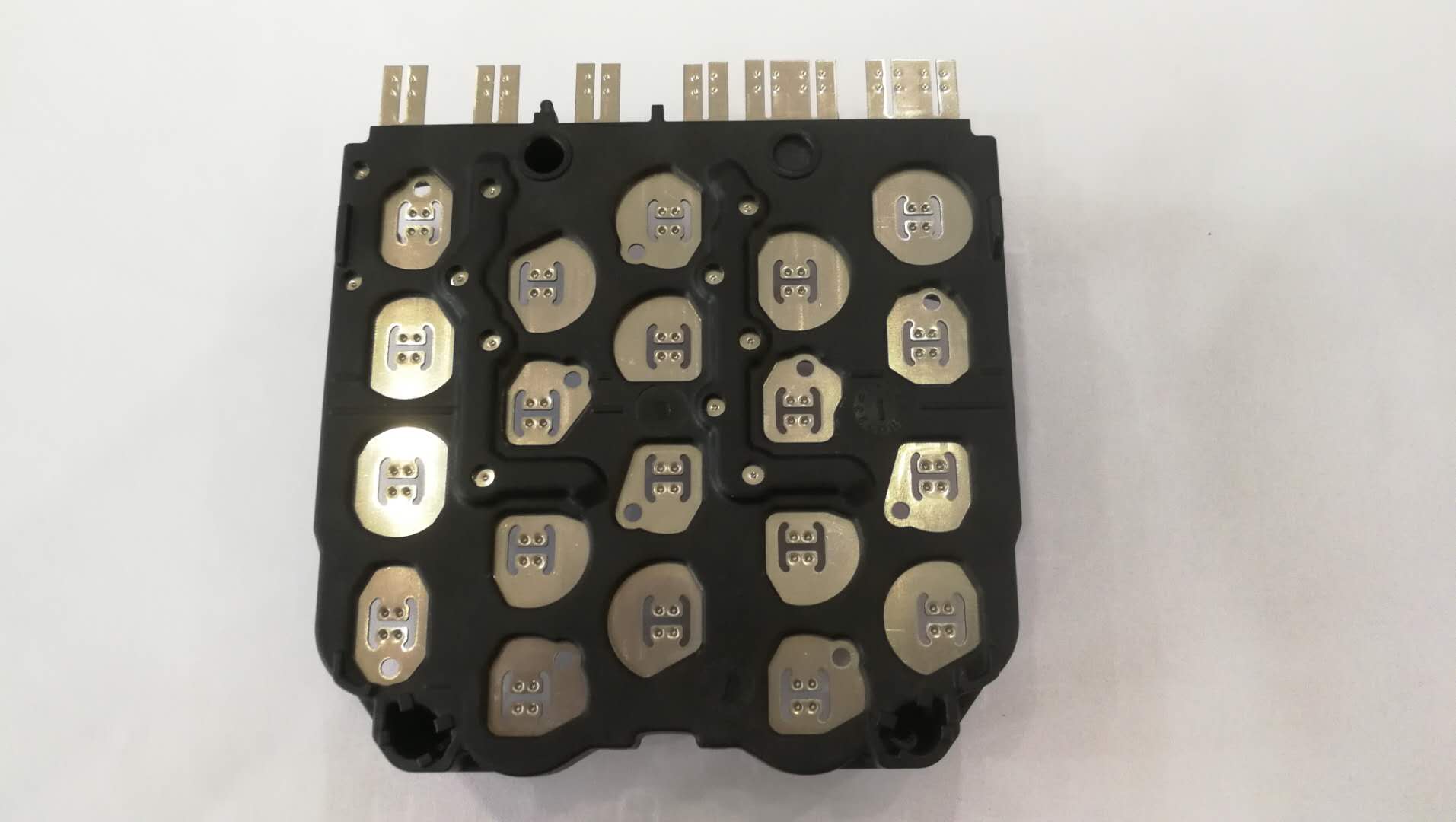
Injection molding has revolutionized the manufacturing industry, enabling the efficient production of complex and intricately designed plastic components. As technology continues to evolve, so do the techniques and processes within the injection molding realm. This article will delve into the world of insert molding, two-shot molding, and rapid prototype services, highlighting their significance in modern manufacturing.
Insert Molding: Marrying Strength and Versatility
Insert molding, or over-molding, is a specialized injection molding process that involves placing a pre-formed insert into a mold cavity—typically made of metal, plastic, or other materials. Molten resin is then injected around the insert, seamlessly bonding the two materials. This technique offers several advantages, making it a preferred choice for producing components that require strength, durability, and enhanced functionality.
One of the critical benefits of insert molding is its ability to reduce assembly costs. By combining multiple parts into a single, integrated component, manufacturers eliminate the need for additional assembly steps and fasteners. This not only streamlines the production process but also enhances the overall structural integrity of the final product.
Insert molding is widely utilized in the automotive, electronics, medical devices, and consumer goods industries. For instance, in the automotive sector, insert molded parts like sensors, connectors, and encapsulated wires contribute to improved vehicle performance, reliability, and longevity.
Two-Shot Molding: Complexity and Aesthetics in One Shot
Two-shot molding, also known as two-component molding or multi-material injection molding, is an advanced technique that enables the production of complex parts with different materials or colors in a single molding cycle. This process involves injecting two other materials into the same mold, sequentially or simultaneously, to create a single integrated component.
The advantages of two-shot molding are multifaceted. It allows manufacturers to design parts with intricate geometries, varying textures, and vibrant color combinations that would be challenging to achieve through traditional molding methods. Furthermore, by eliminating the need for secondary assembly or bonding processes, two-shot molding enhances product consistency and reduces production time and costs.
The applications of two-shot molding span a wide range of industries. In consumer electronics, for example, devices can be produced with soft-touch grips, transparent screens, and complex buttons in one seamless process. In the medical field, two-shot molded components with rigid and elastomeric sections find use in devices like surgical instruments and drug delivery systems.
Rapid Prototype Services: Accelerating Innovation
In the fast-paced world of product development, time is of the essence. rapid prototype service has emerged as a crucial aspect of the injection molding process, allowing manufacturers to quickly validate designs, test functionality, and make necessary adjustments before proceeding to mass production.
Rapid prototype service has emerged as a crucial aspect of the injection molding process.
Rapid prototype services encompass a variety of techniques, such as 3D printing, CNC machining, and soft tooling, to create functional prototypes that closely mimic the final product. These prototypes are valuable tools for design iteration, feasibility studies, and market testing, ultimately reducing the risk of costly errors during full-scale production.
Incorporating rapid prototype services into the injection molding workflow has become common. Designers and engineers can now visualize and hold physical prototypes, facilitating better communication, collaboration, and decision-making among cross-functional teams. This iterative process not only accelerates time to market but also leads to products that better meet customer expectations.
Conclusion: Advancing the Future of Injection Molding
The injection molding landscape continues to evolve, with insert molding, two-shot molding, and rapid prototype services playing pivotal roles in shaping the manufacturing industry. These techniques enhance product performance and aesthetics and drive innovation by enabling quicker design iterations and validation.
Manufacturers across various sectors leverage these advanced molding techniques to produce more robust, functional, and aesthetically pleasing components. As technology progresses, these techniques will likely continue to evolve, opening up new possibilities for creative designs and efficient production processes.
In a world where consumer demands are ever-changing and time-to-market pressures are increasing, the injection molding industry stands to benefit significantly from these advancements. As a result, businesses that embrace and integrate these techniques into their manufacturing processes will be better positioned to thrive in today's competitive market landscape.
For detailed information about injection molding, click here Stebro Mold to explore the quality of plastic mold company in China.

No comments yet